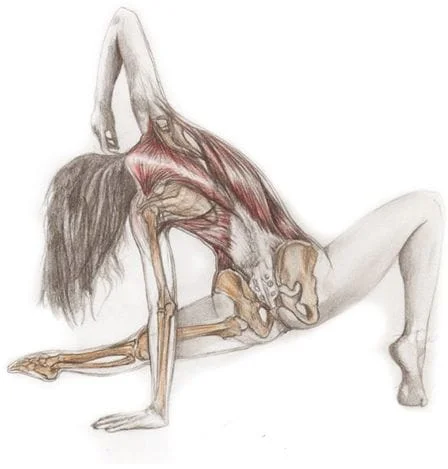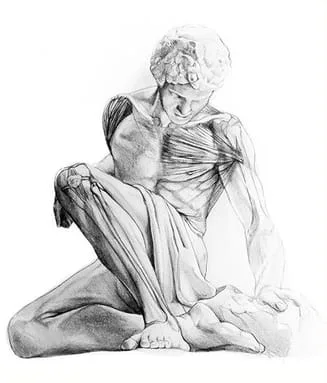-
Basic Principles of RiVisionHOW TO PUT PHYSICAL THERAPY, DANCE/MOVEMENT THERAPY AND GUIDED IMAGERY TOGETHER
RiVision® is an innovative physical therapy method that is designed to treat musculoskeletal injuries and chronic pain.

RiVision® incorporates a succession of questions and answers between the therapist and the patient regarding feelings and sensations. The process’ flow is based on patient responses. One part of the underlying principles of RiVision is to achieve greater range of expansion within the patient’s movement patterns. An example of expansion of motion leading to a more balanced usage of the movements would be a patient who learns to extend her spine and movements upward and open herself up to the world, after years of moving her spine downward and being closed off to the world. Often times, restriction of spine motion and body movements implies being defensive and protective, while opening up and expanding imply emotional openness and greater confidence.
The art of integrating various modalities, incorporated within RiVision, that will best fit the patient’s needs, is a complex one. The treatment method is specifically tailored to each patient. RiVision gradually identifies the appropriate mode of therapy as the treatment progresses, without a pre-determined protocol. It is based on the therapist-patient’s continuous communication. Some patients may be open to practice part or the full range of RiVision modalities, while others maybe reluctant to do so. Without patient openness and belief in the possibilities this process holds, change and success can not occur.
Find out more about Dr. Rivi of RiVision® Healing Center in the Upper East Side of Manhattan, NY. Dr. Rivi is also available for online appointments, giving you the ability to have a visit from home!
• Combination of physical therapy and dance/movement therapy
• Combinations of physical therapy and guided imagery
• Combination of dance/movement therapy and guided imagery
• Combination of physical therapy, dance/movement therapy and guided imagery
HANDS-ON TECHNIQUES, THERAPEUTIC EXERCISES AND FUNCTIONAL APPROACHES
Manual therapy is defined as a clinical approach utilizing skilled, specific hands-on techniques, including but not limited to manipulation/mobilization used by the physical therapist to diagnose and treat soft tissues and joint structures. These techniques are used for modulating pain, increasing range of motion (ROM), reducing or eliminating soft tissue inflammation, inducing relaxation, improving tissue repair, extensibility, and/or stability, facilitating movement and improving function.

Dance/movement therapy (DMT) is a form of intervention that uses dance/movement as a process which furthers the emotional and physical integration of the individual. According to the Dance Therapy Association, dance/movement therapy involves the psychotherapeutic use of movement to further the emotional, cognitive, physical and social integration of the individual.
A basic premise underlying dance therapy practice is that there is no division between mind and body behavior. Body movements reflect emotional states and changes in movement behavior can lead to changes in the psyche (Knaster, 1996; Levy, 1988). Therapy starts at the patient’s current physical and emotional level and allows for change and growth through the expansion of movement and extension of self (Schmais, 1974).

Images are thoughts that draw on our senses. They may involve one, several, or all the following senses: hearing, taste, movement, vision, touch, smell and inner sensation. The goal of guided imagery is to make beneficial physical changes in the body by repeatedly visualizing the sensations associated with the experience. An example of guided imagery exercise to mop up an inflammation will be; "Breath out three times. Imagine that with a pure white cotton wad you mop up the red inflamed wet color until it permeates the cotton. Then take the cotton and throw it over your left shoulder. There, it is gone! When you look again, the area of your pain looks clean and light. The pain is gone. Breath out and open your eyes" (Shainberg, 2005. p.98). An image, like any other thought, sparks an electrical chain of events in the brain. For example, imagery influences endorphins secretion which then affects a person’s mood.